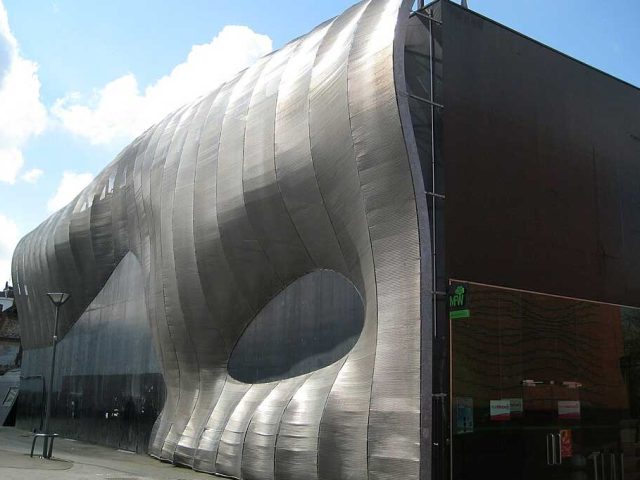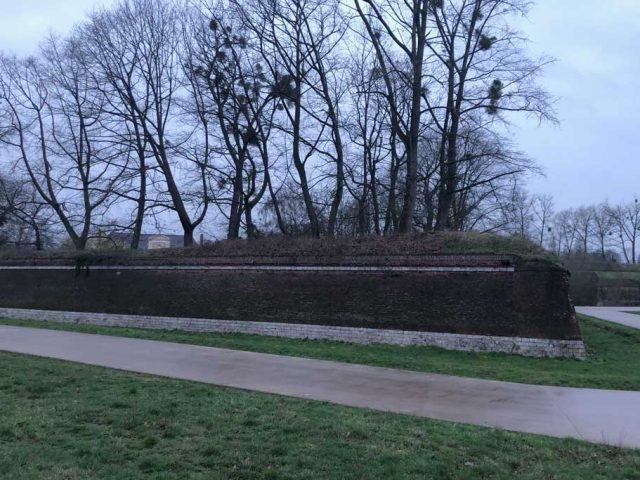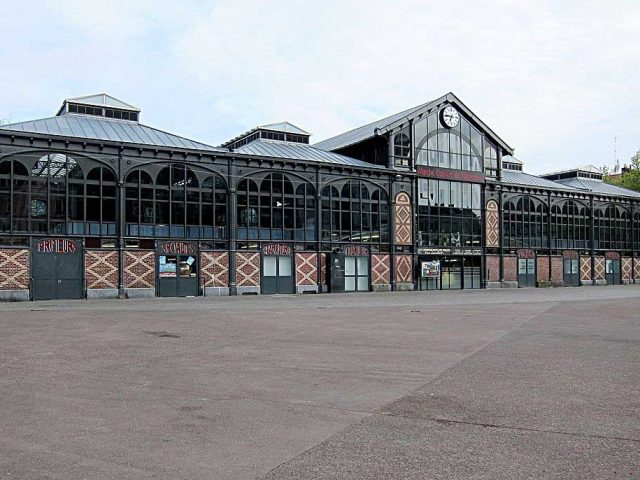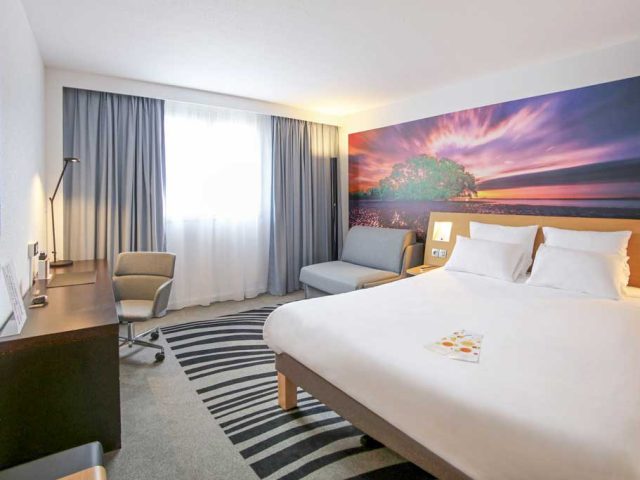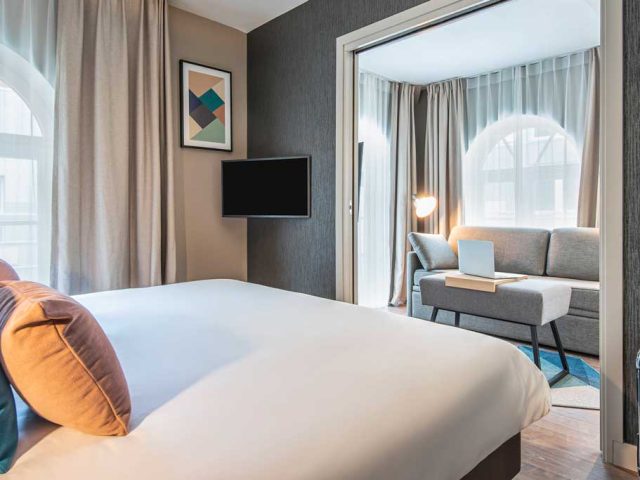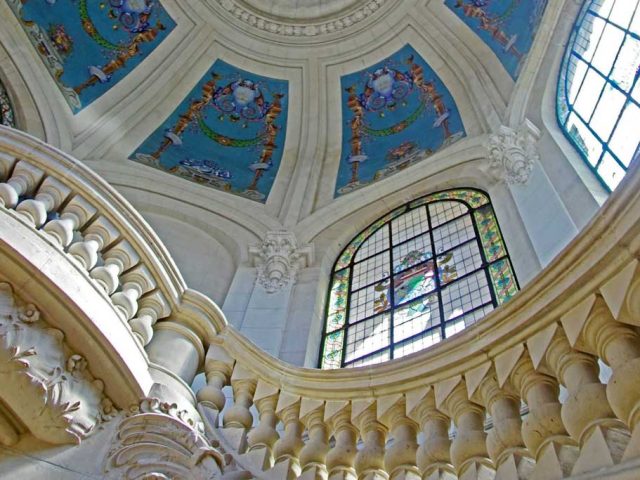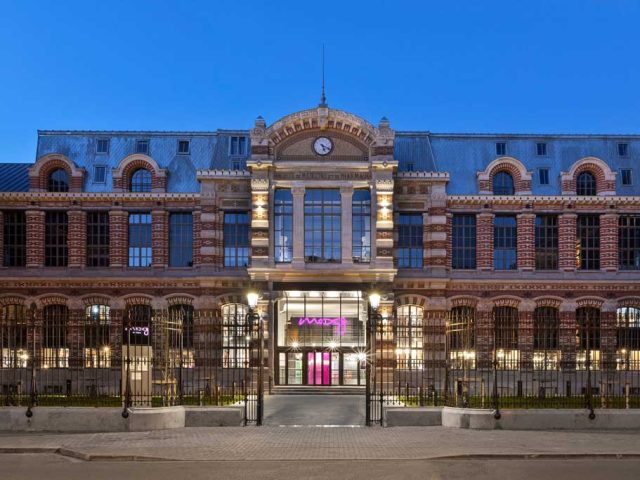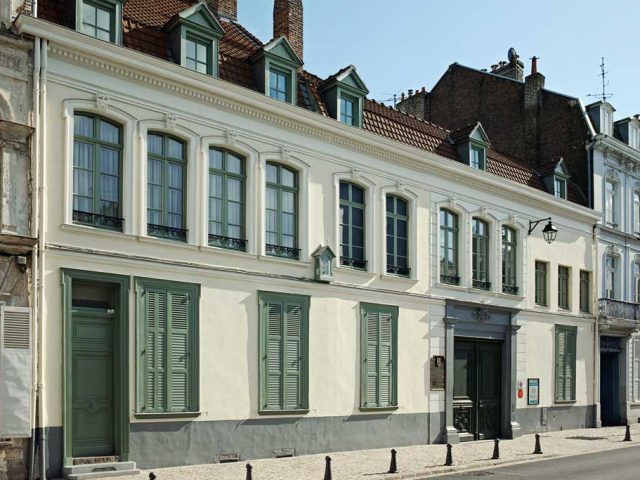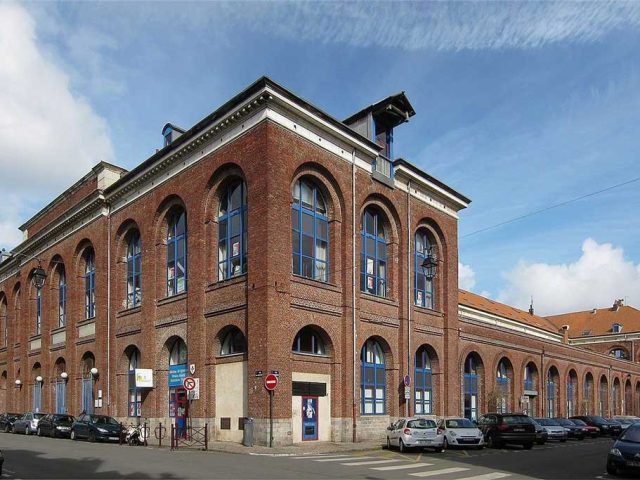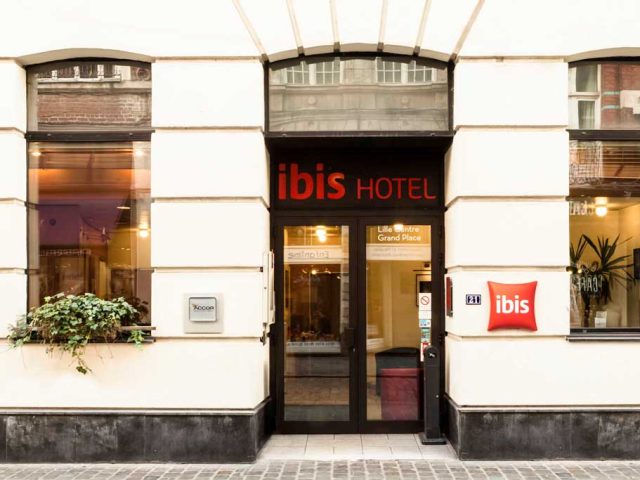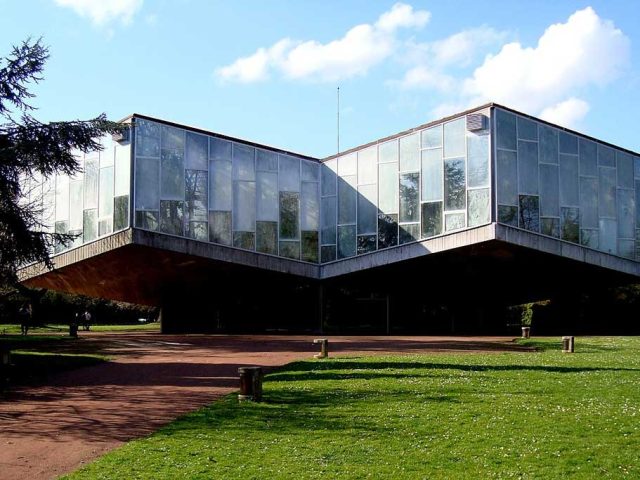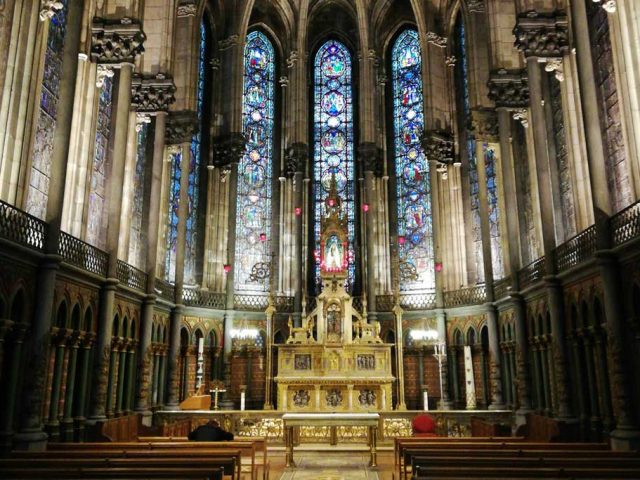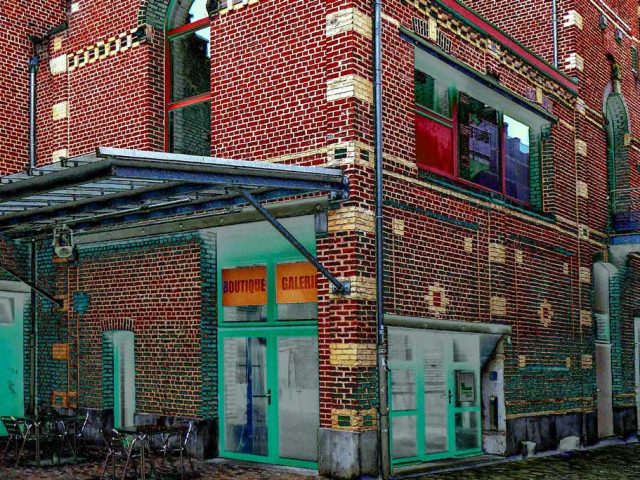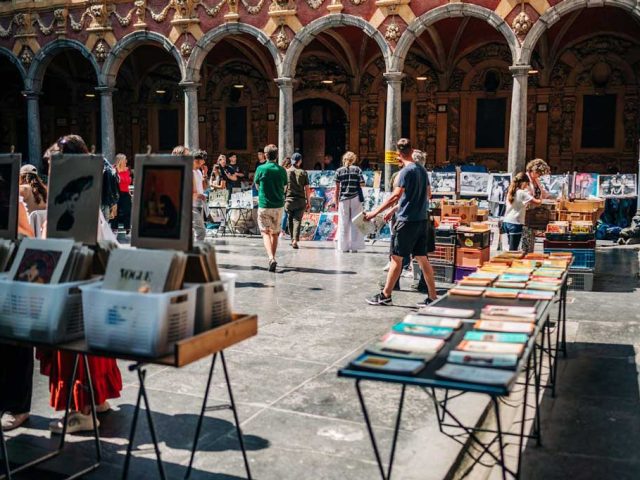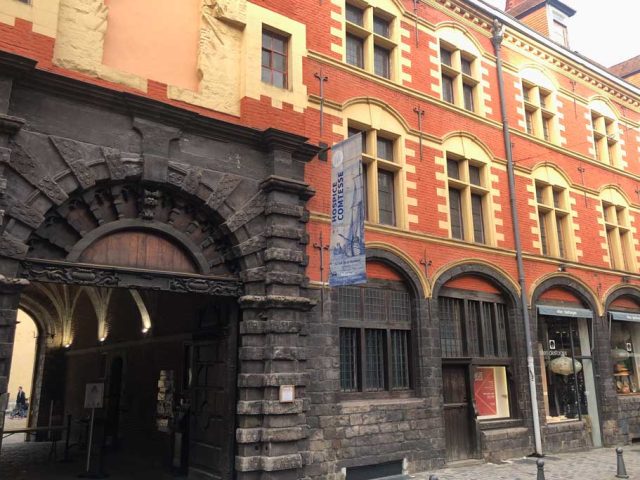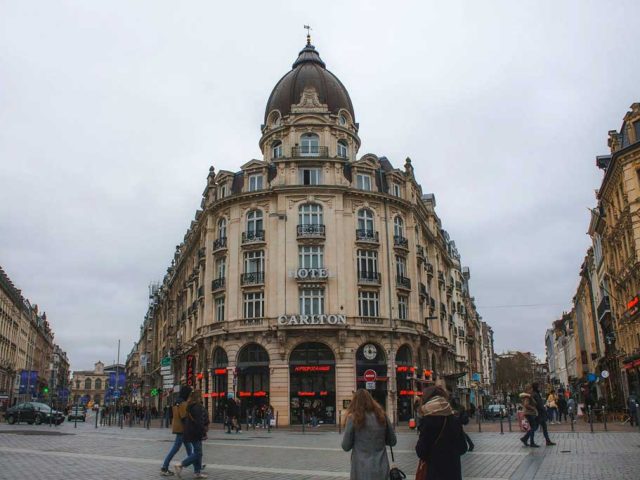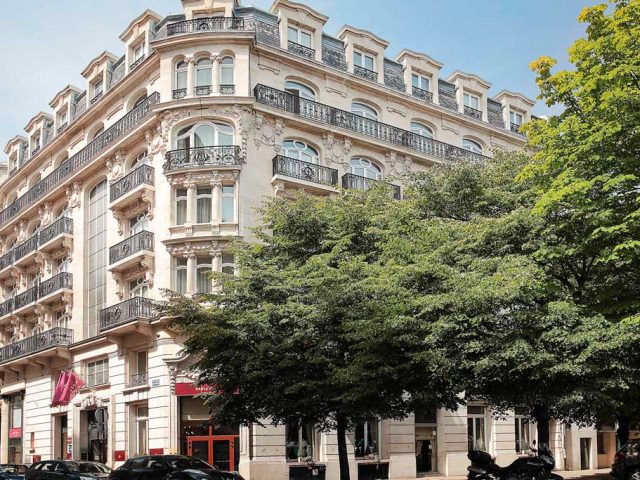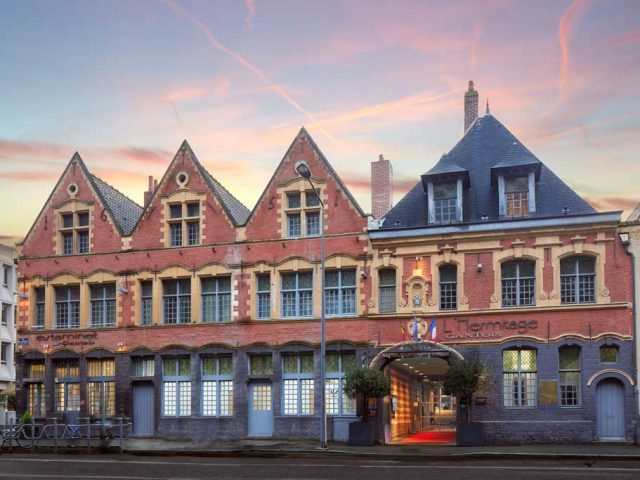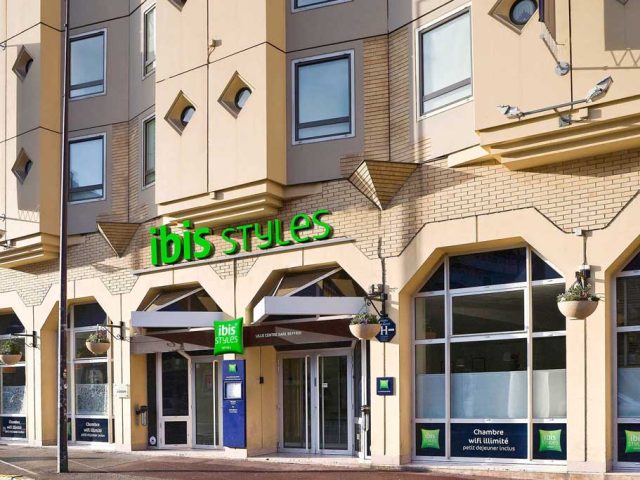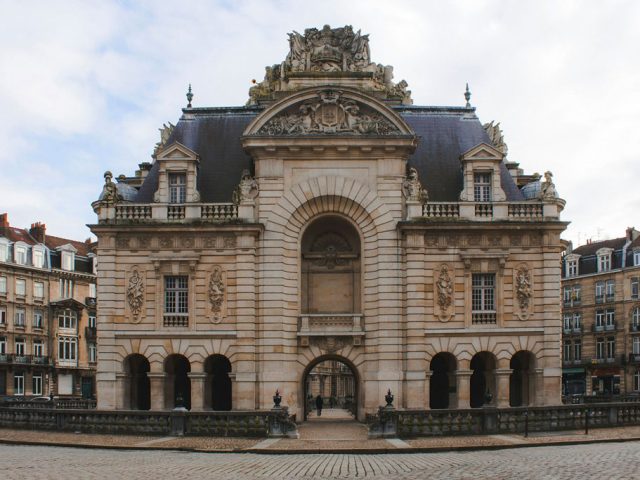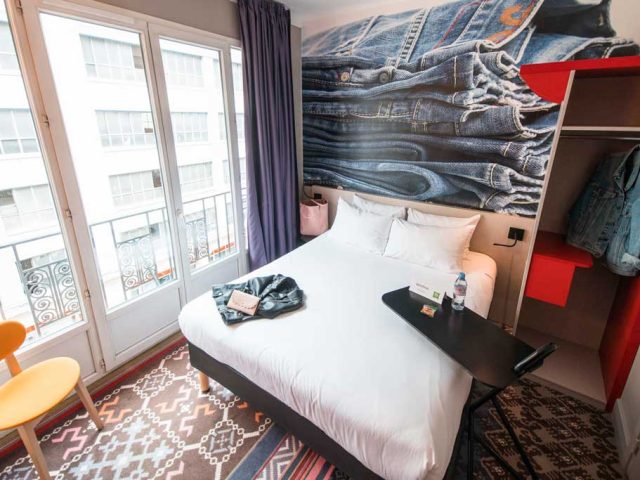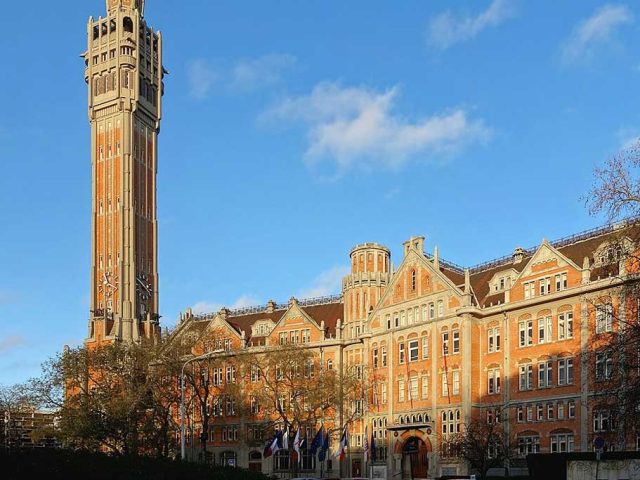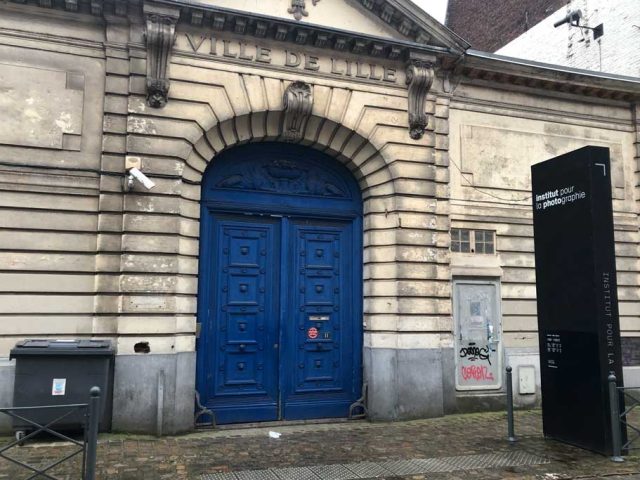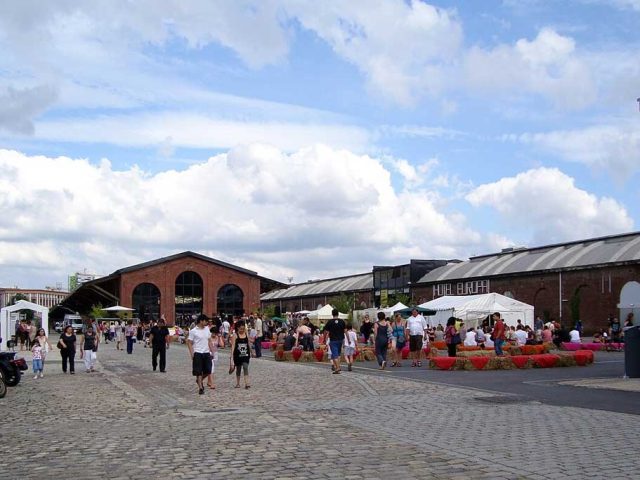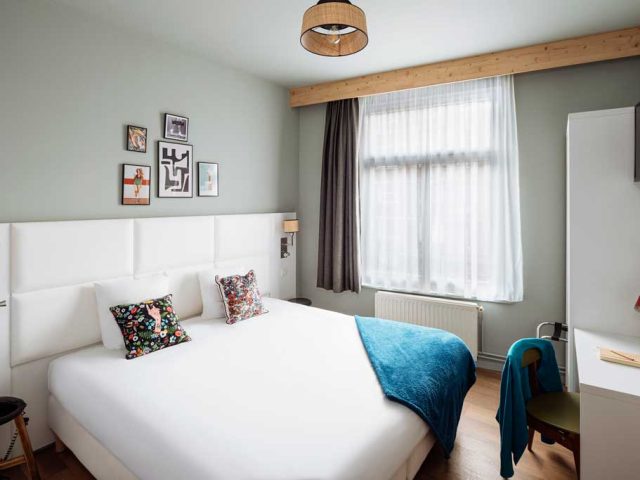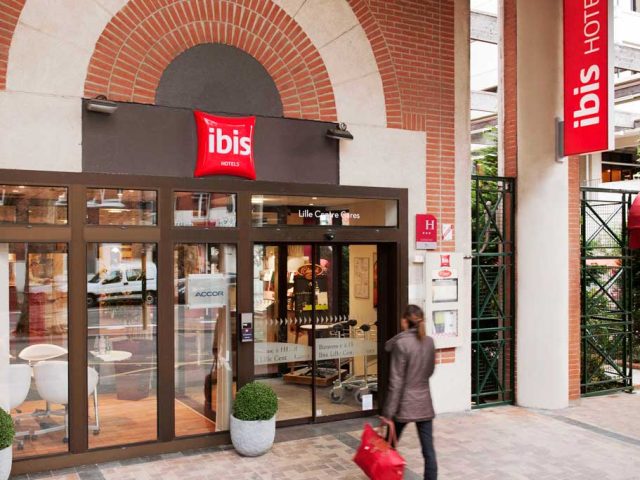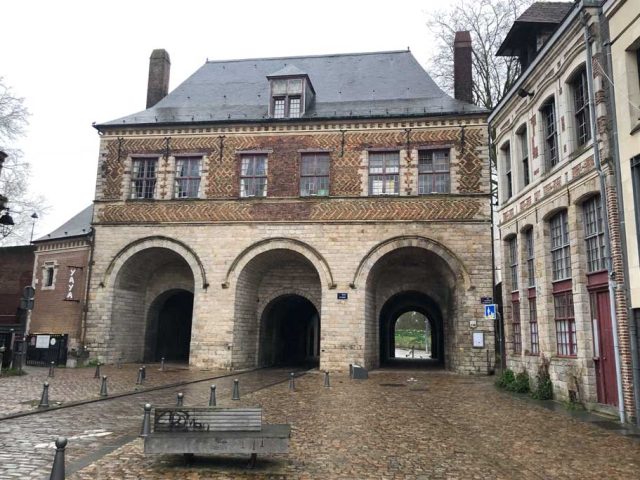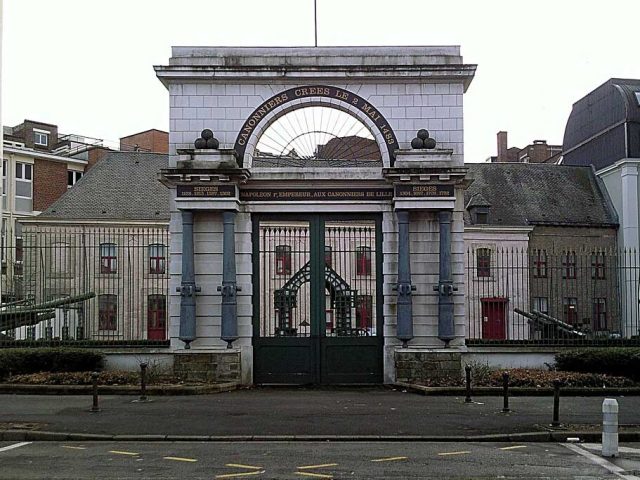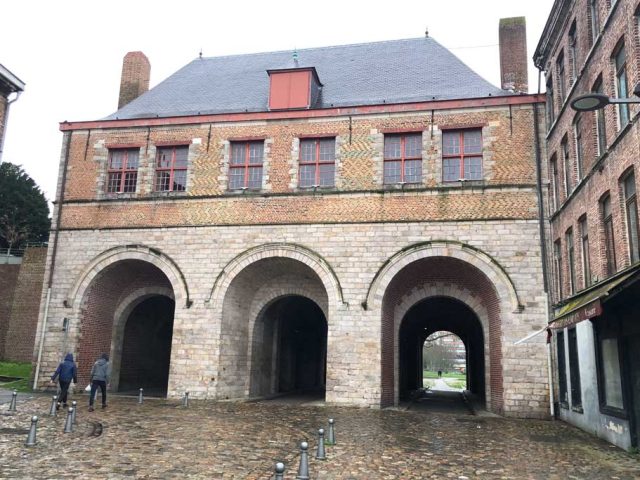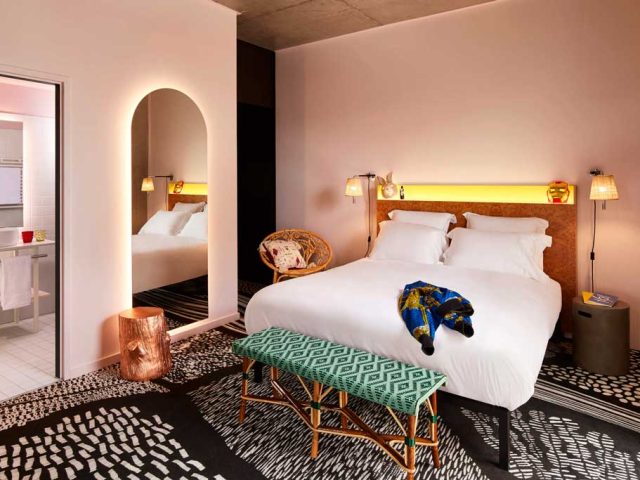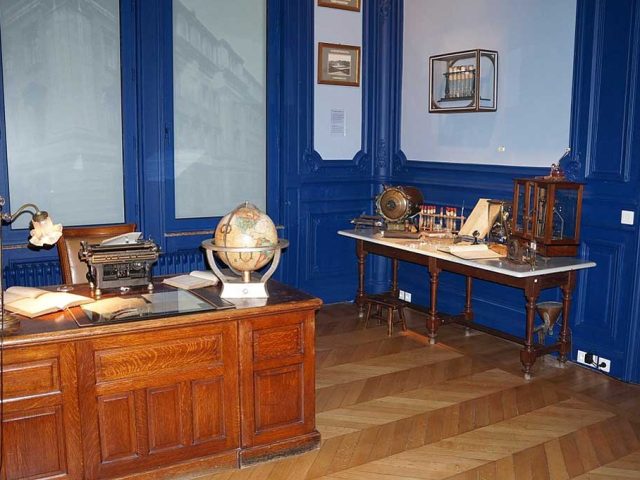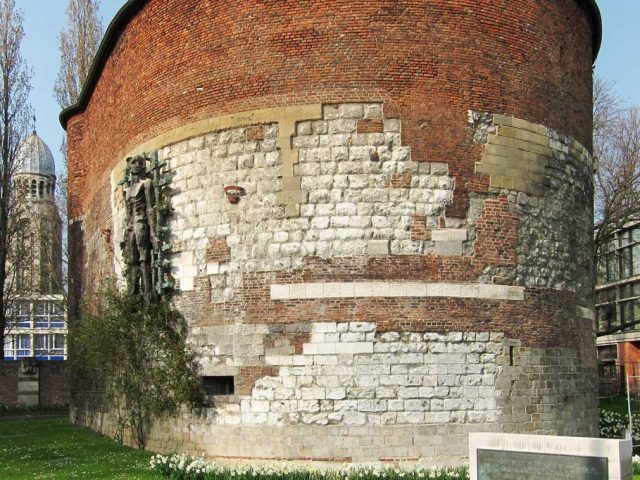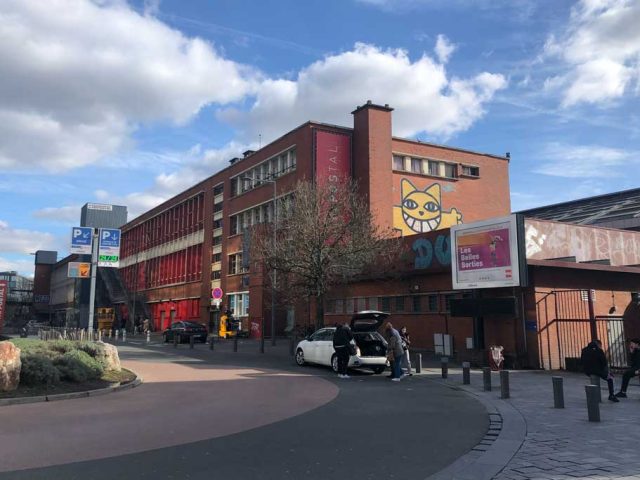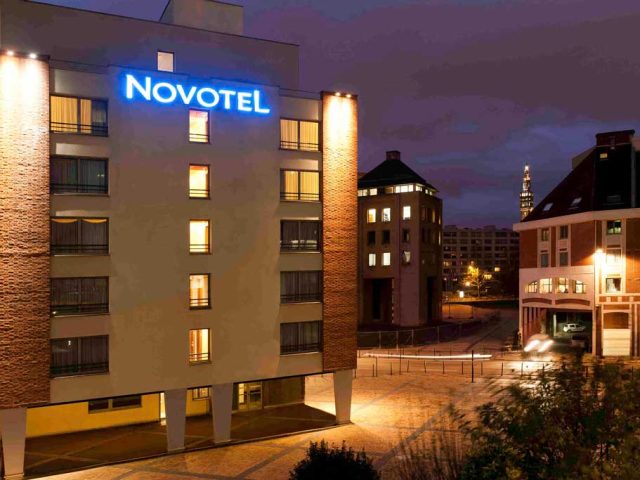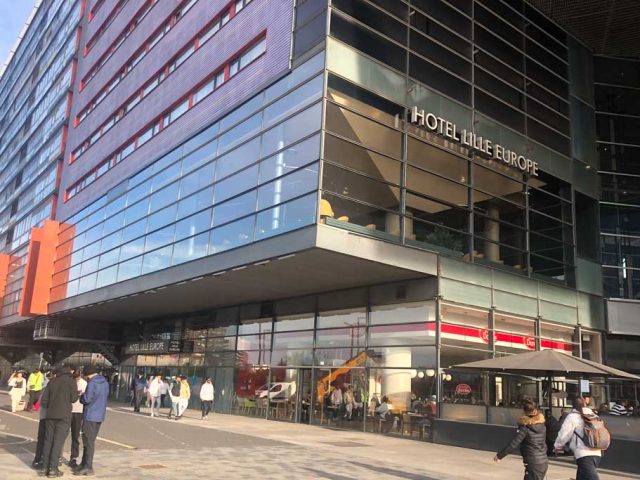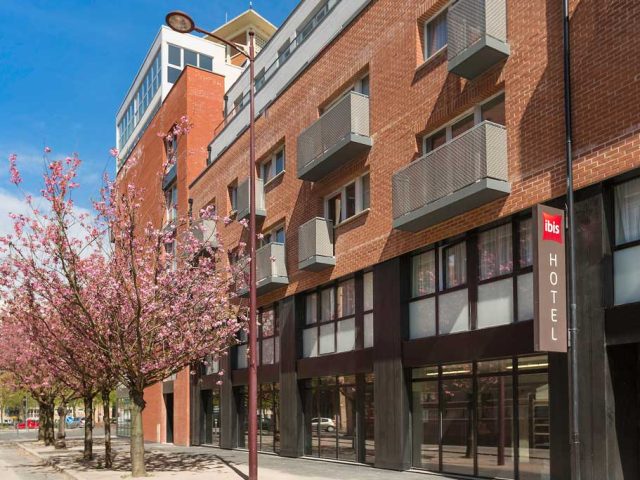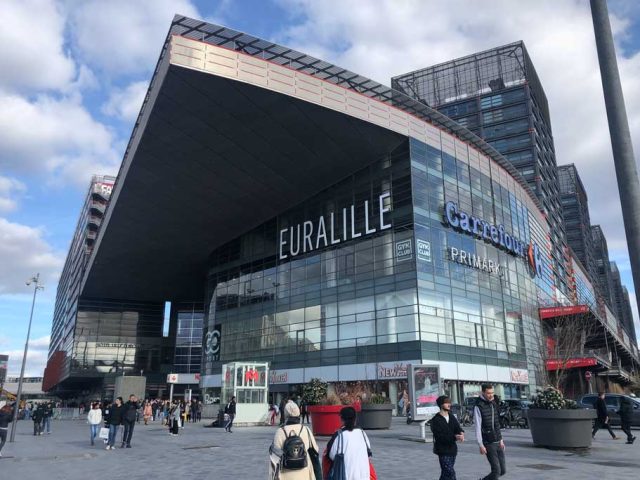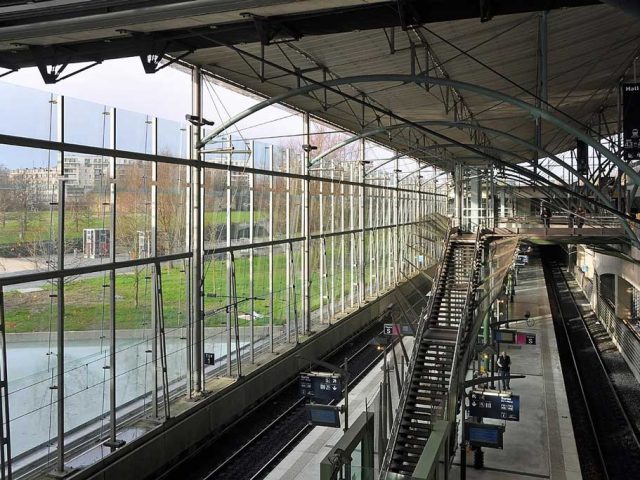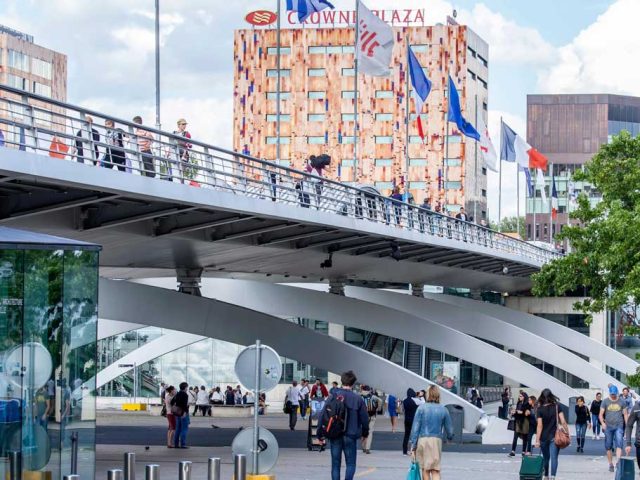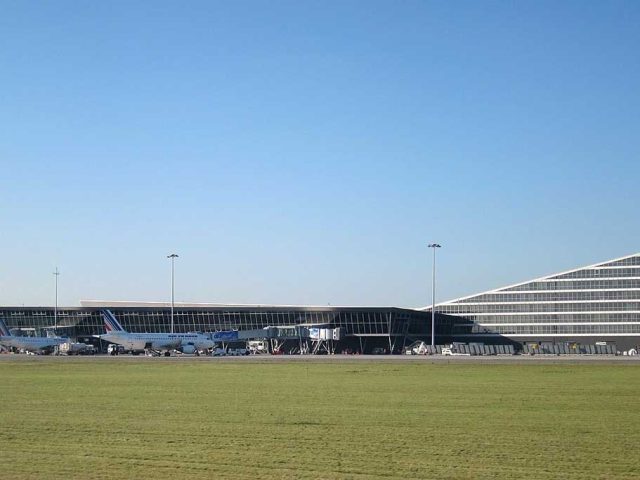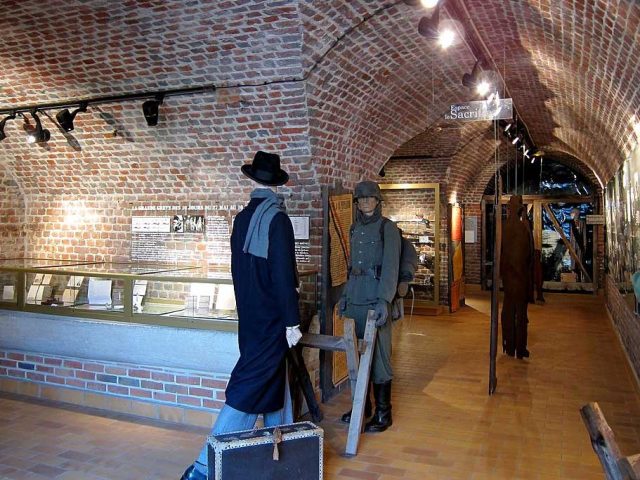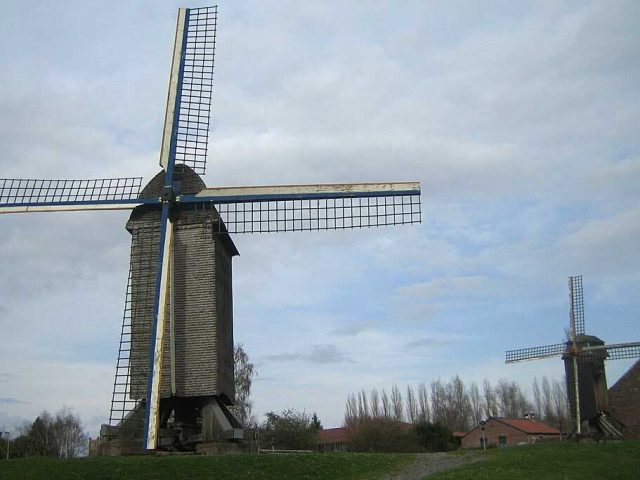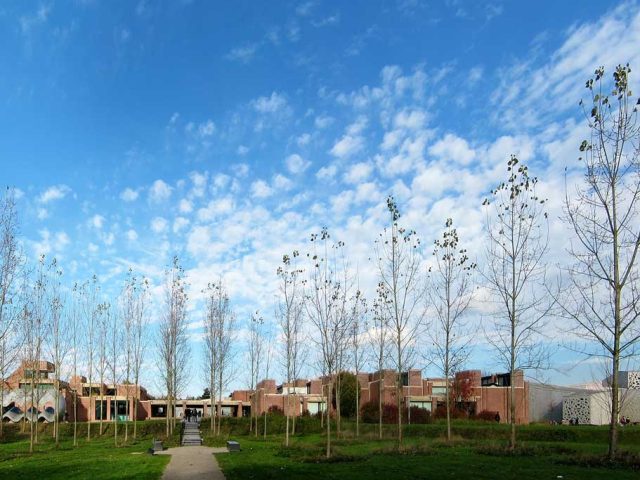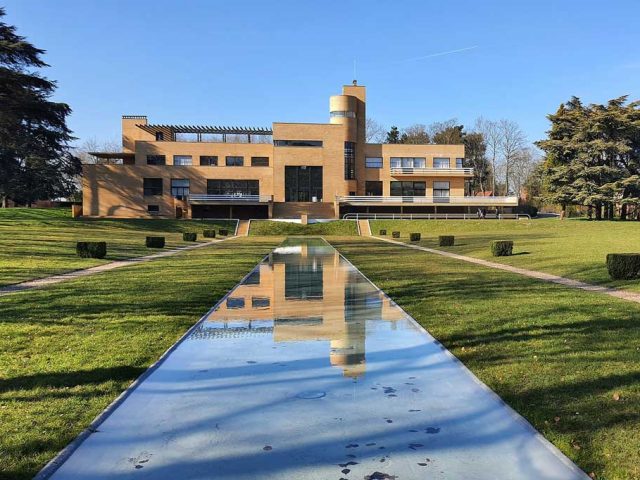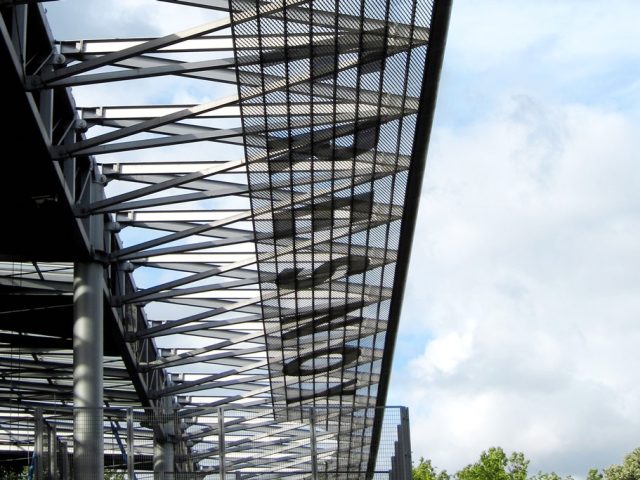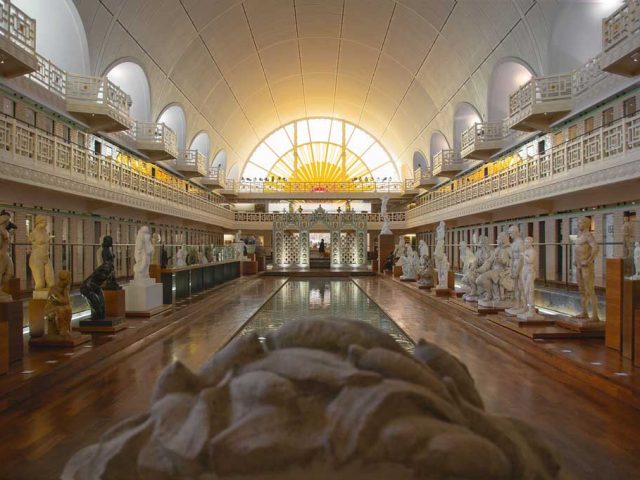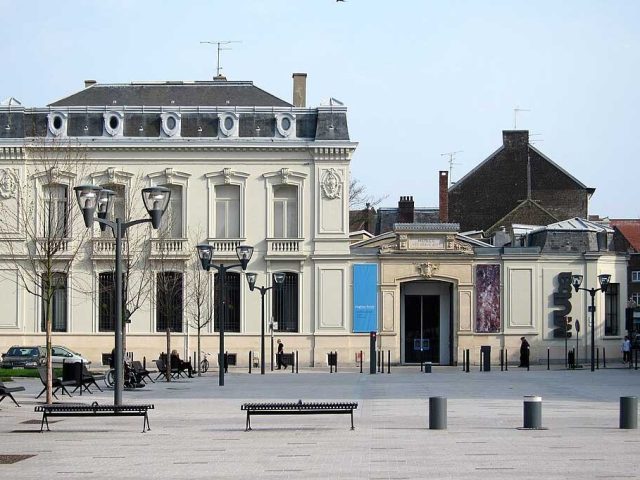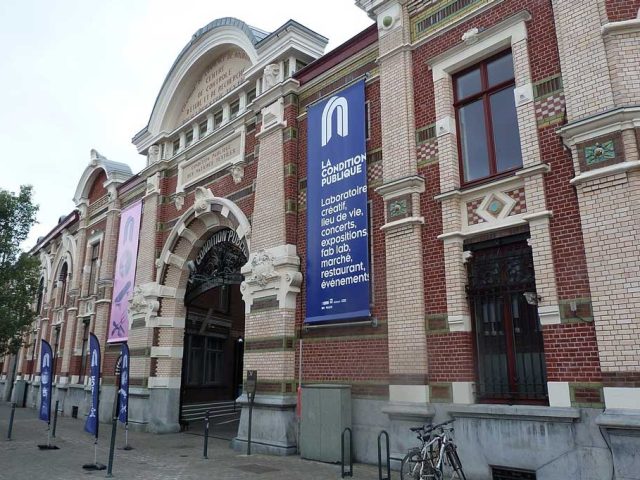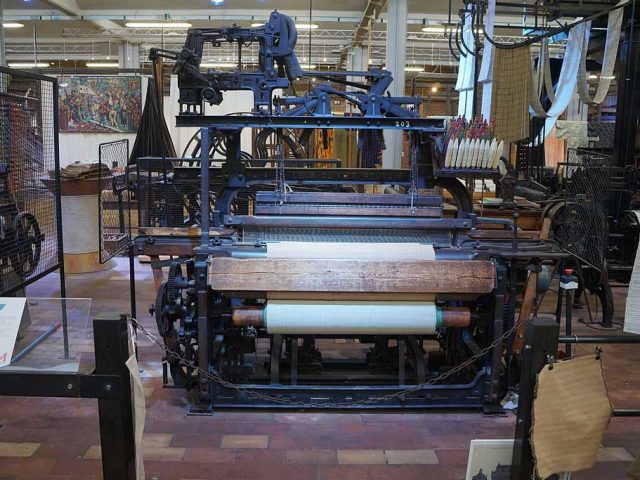Musée de la bataille de Fromelles
Museum of the Battle of Fromelles
The Musée de la bataille de Fromelles (Museum of the Battle of Fromelles), around 17km west of Lille, commemorates one of the most significant and tragic battles of the First World War. The Battle of Fromelles, fought on 19–20 July 1916, was intended to divert German attention from the Battle of the Somme, but it ended in disaster for the Allied forces, particularly British and Australian troops. This battle marked the first major engagement of the Australian Imperial Force on the Western Front, resulting in substantial casualties and a profound impact on the participating nations and the local region.
The Battle of Fromelles was part of a coordinated attempt by the Allied forces to break through the German front lines. British and Australian troops launched an attack against well-entrenched German positions, aiming to draw enemy forces away from the Somme. However, due to poor planning, insufficient reconnaissance, and strong German defences, the operation resulted in heavy losses. Approximately 5,500 Australian and 1,500 British soldiers were killed, wounded, or taken prisoner in less than 24 hours.
The impact of this battle resonated deeply, particularly in Australia, where the loss of so many soldiers in their first significant action on the Western Front left a lasting legacy. In the region around Fromelles, the aftermath of the battle was evident in the devastation of the landscape and the loss of a generation of young men.
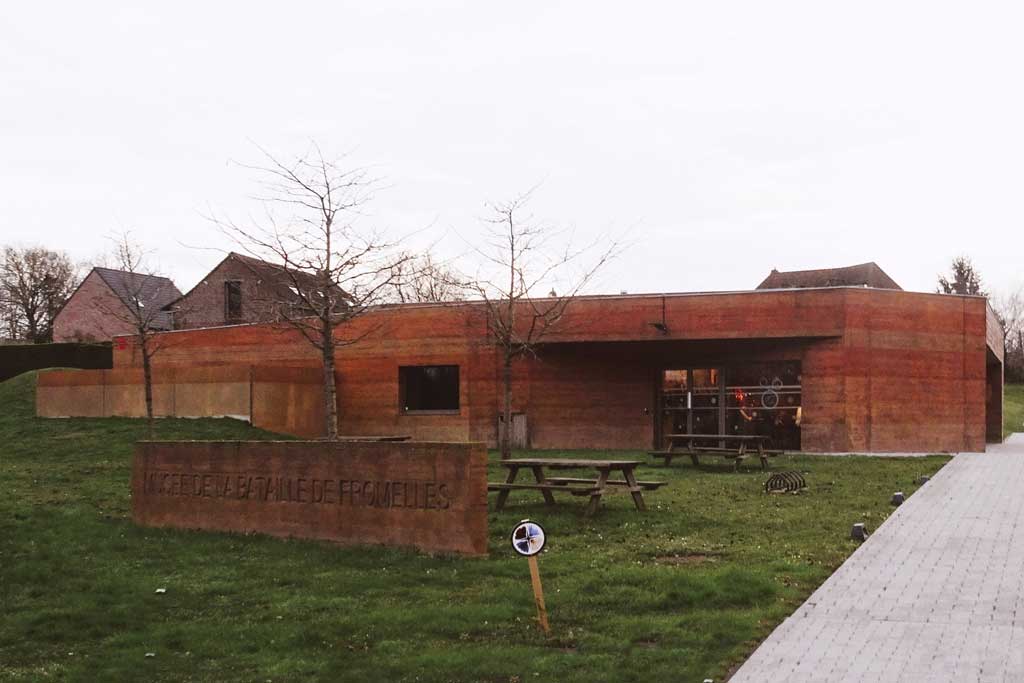
What to see at the Musée de la bataille de Fromelles
Visitors to the Musée de la bataille de Fromelles can expect a comprehensive and respectful exploration of the battle and its lasting effects. The museum, opened in 2014, provides a detailed narrative of the events leading up to, during, and after the battle.
The museum features a variety of exhibits, including historical artefacts recovered from the battlefield, such as weapons, uniforms, personal belongings and other wartime relics, offering a tangible connection to the soldiers who fought and died at Fromelles.
Interactive displays and multimedia presentations provide a deeper understanding of the battle’s context, strategies and outcomes. These presentations help visitors grasp the scale and intensity of the conflict.
The museum highlights personal accounts from soldiers and their families, presenting letters, diaries and photographs. These narratives bring a human perspective to the historical events, creating a personal connection with the individuals who lost their lives on the battlefield.
In 2009, a mass grave of Australian and British soldiers was discovered near Fromelles. The museum documents the archaeological efforts to exhume and identify these soldiers, emphasising the ongoing process of honouring and remembering the fallen.
The museum seems to focus mainly on the battle from an Australian perspective, although it also had a devastating impact on the British who fought in the battle, and their families back home, and also on the locals who had to live through the war.
The battlefield, memorials and cemeteries
In addition to the museum, visitors can explore several related sites nearby.
The nearby Pheasant Wood Military Cemetery and the Australian Memorial Park pay tribute to the soldiers who lost their lives. Pheasant Wood is immediately adjacent to the museum, making it the easiest to visit, and the Australian Memorial Park and the VC Corner Australian Cemetery are both 2km north of the museum.
Pheasant Wood Military Cemetery was only built in 2009–2010, making it the first new Commonwealth War Graves Commission cemetery in over 50 years, built specifically to provide an appropriate final resting place for 250 British and Australian soldiers discovered in a mass grave in 2009.
The Australian Memorial Park is a small park surrounded by countryside with a simple but poignant memorial to those who lost their lives. You’ll find the VC Corner Australian Cemetery just a three-minute walk north of the memorial park. This is a grander memorial built in 1920–1921 next to individual unmarked graves of 410 unidentified bodies retrieved from the battlefield after the Armistice (two years after the battle).
It is worth visiting both cemeteries to appreciate the contrast between the two. While Pheasant Wood is a very recent cemetery with identical headstones, VC Corner was established shortly after the war and, unusually, doesn’t have any headstones.
Visiting le Musée de la bataille de Fromelles
Fromelles is a small village surrounded by countryside, yet it is only 17km from the centre of Lille and it is considered part of the Lille metropolitan area, or MEL (Métropole Européenne de Lille).
Although easiest to visit if you’re driving, you can also easily get here by public transport. Although there aren’t any direct transport links from the centre of Lille, Lille’s city bus routes provide connections between Fromelles and nearby towns, which have train connections into Lille. The quickest transport options include taking a regional/suburban (TER) train to Wavrin and then taking bus 29R, taking a TER train to Armentières and then taking bus 74R or taking metro (line 2) to St Philibert and then taking bus 62.
As you’ll be transferring to a rural bus route, bus connections are infrequent so it’s best to plan your trip in advance rather than just show up at the station and hope that there will be a bus waiting for you. On the plus side, you’ll get the chance to see some lovely countryside and this adds an extra dimension to your trip.
Although it’s only 17km from Lille, allow at least an hour each way if you’re taking public transport.
The museum is open Mondays and Wednesdays to Sundays (it is closed on Tuesdays and public holidays). Admission costs €5 with discounts for senior citizens (aged over 60), disabled visitors and war veterans. Entry is free of charge with la C’ART and the Lille City Pass.
An audio guide is available in English, Dutch, French and German.
Allow around an hour for your visit to the museum; however, it’s at least a half-day trip if you factor in excursions to the nearby war cemeteries and memorials and travel time from Lille.
Free entry to the Musée de la bataille de Fromelles with the Lille City Pass
The Lille City Pass gives you free entry to the Musée de la bataille de Fromelles plus public transport and entry to over 25 other attractions in and around Lille.
We may earn a small commission if you purchase a Lille City Pass after clicking this link.
Rue de la Basse Ville, 59249 Fromelles
Train Wavrin, then bus 29R; Train Armentières, then bus 74R; Metro St Philibert (line 2), then bus 62
Website www.musee-bataille-fromelles.fr
Admission €5, students €3, seniors (over 60) €3, children (under 18) free, free with la C’ART and the Lille City Pass
Open Mon 9.30am–5.30pm (last entry 5pm), Wed–Sun 9.30am–5.30pm (last entry 5pm)

